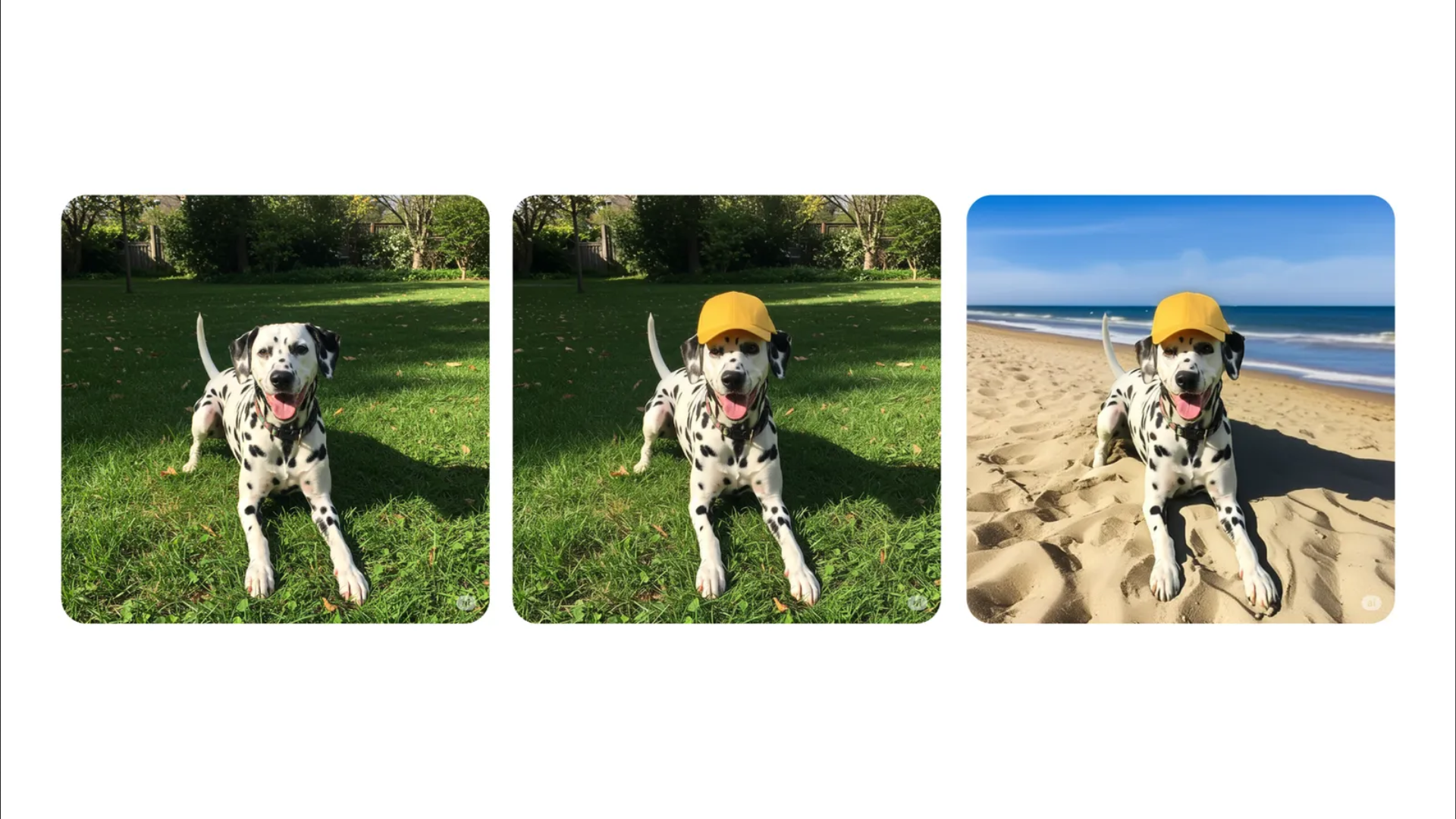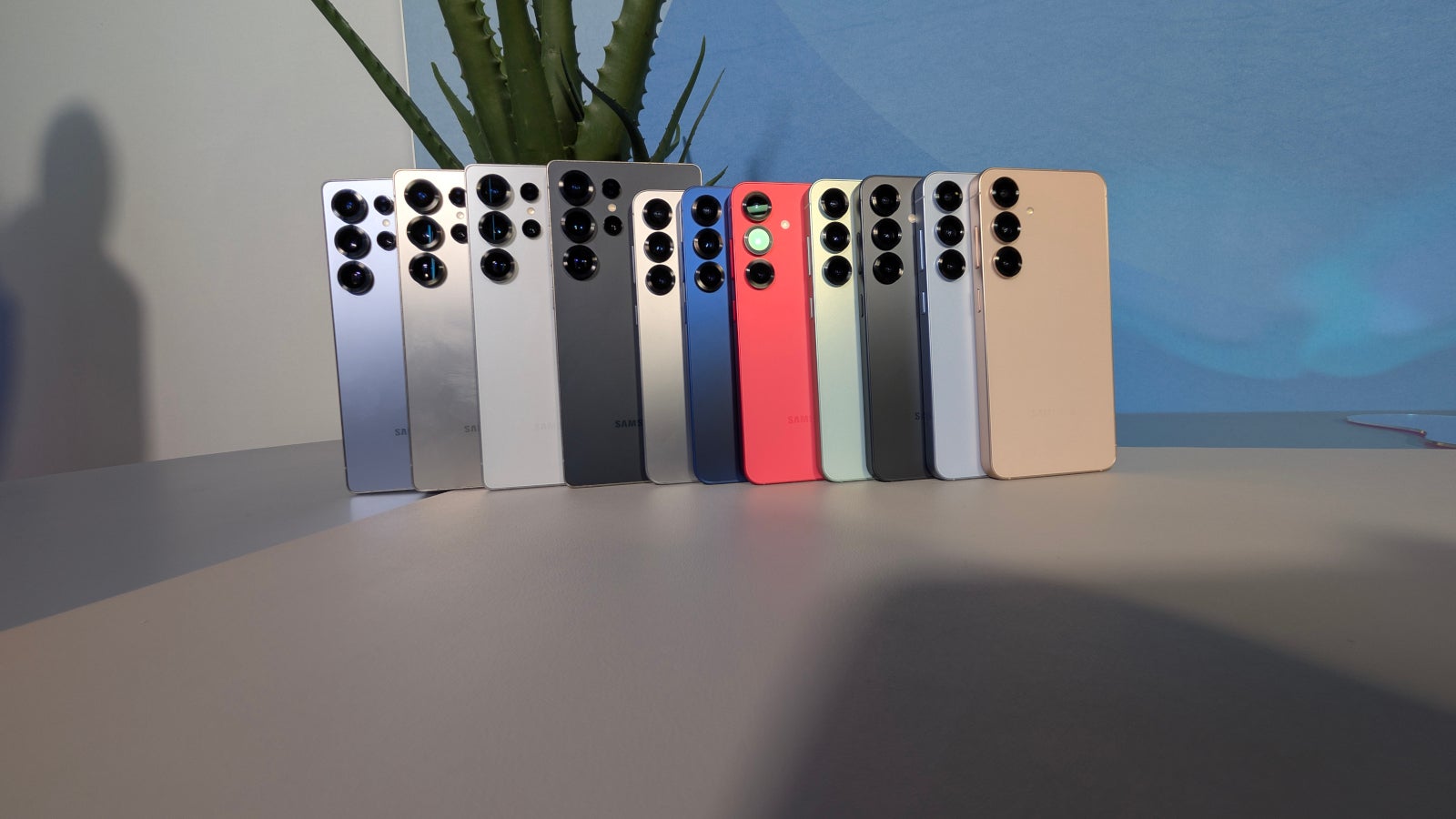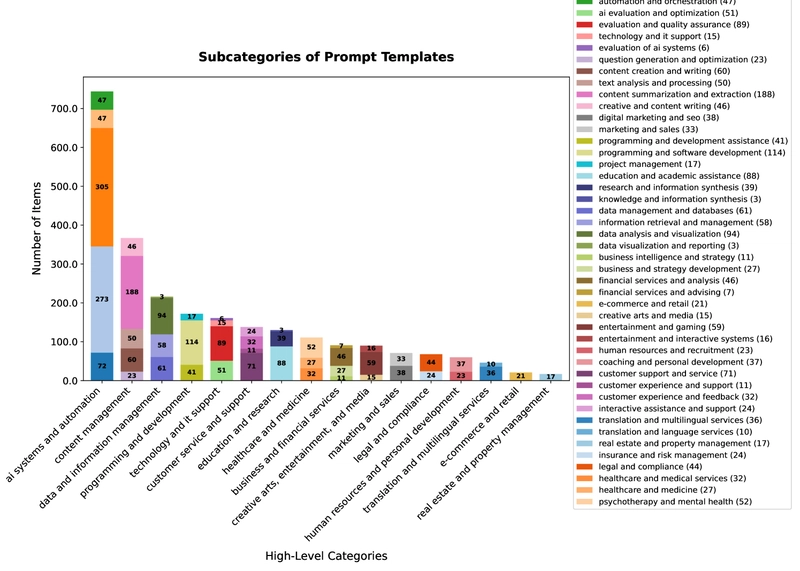How to Show Hidden Descriptions on Image Hover With CSS
Introduction Hover effects are a popular way to enhance user experience on websites, allowing crucial information to be revealed contextually. If you want to display a hidden description when a user hovers over an image, you are in the right place. In this article, we’ll cover how to effectively show a hidden description using CSS, addressing common issues you may encounter along the way. Understanding the Issue It can be frustrating to see that your hidden description is not appearing as expected when hovering over an image. This often happens due to incorrect CSS properties, improper HTML structure, or because of conflicts with JavaScript functionalities you may have implemented. The CSS code provided in the query seems close to the solution but needs a few adjustments. How to Display Hidden Content on Hover Now, let’s dive into a step-by-step solution to implement this functionality using HTML and CSS. Step 1: Basic HTML Structure Here’s an example of the HTML that creates the image container and the description. Ensure that your HTML has the correct structure as follows: Mermaid Page description Launch App Step 2: CSS Styles The following CSS will handle the hover effect. It ensures that the description appears when the user hovers over the image. .imageContainer { display: inline-block; position: relative; transition: all 1s ease; } .hidden { display: none; position: absolute; background-color: white; padding: 10px; border: 1px solid #ccc; z-index: 10; } .imageContainer:hover .hidden { display: block; } Analyzing the CSS Code position: relative; on the .imageContainer allows the absolutely positioned .hidden element to position itself relative to the image container. display: none; removes the description from the document flow initially. On hover, display: block; makes the hidden description visible. Adding some styling to the .hidden class, such as background color and padding, will enhance its appearance. Troubleshooting Common Issues If you find the hover effects are still not working after implementing these changes, check for the following: CSS Specificity: Ensure that no other CSS styles are overriding your styles. Use browser developer tools to inspect elements and review the applied styles. JavaScript Conflicts: Sometimes, JavaScript functions may interfere with CSS styles. If you are using event listeners that manipulate classes, ensure they're not affecting your hover functionality. Browser Compatibility: Make sure you’re testing on modern browsers or check compatibility if using specific properties. Frequently Asked Questions (FAQ) Q1: Why is my hidden description not appearing? A1: Ensure that your HTML structure is correct and that the hover CSS selectors are properly referenced without any conflicting styles. Q2: Can I customize how the description appears? A2: Yes, you can customize the transition effects or add additional animations using CSS properties such as opacity and transform. Q3: Should I rely on CSS alone for this functionality? A3: For simple hover interactions, CSS is sufficient. However, for more complex scenarios, combining JavaScript might improve interactivity. Conclusion With this guide, you should now have a clear understanding of how to show a hidden description when a user hovers over an image using CSS. Remember to pay attention to your HTML structure and CSS styles to ensure everything works smoothly, and don’t hesitate to experiment with additional styles for better aesthetics!
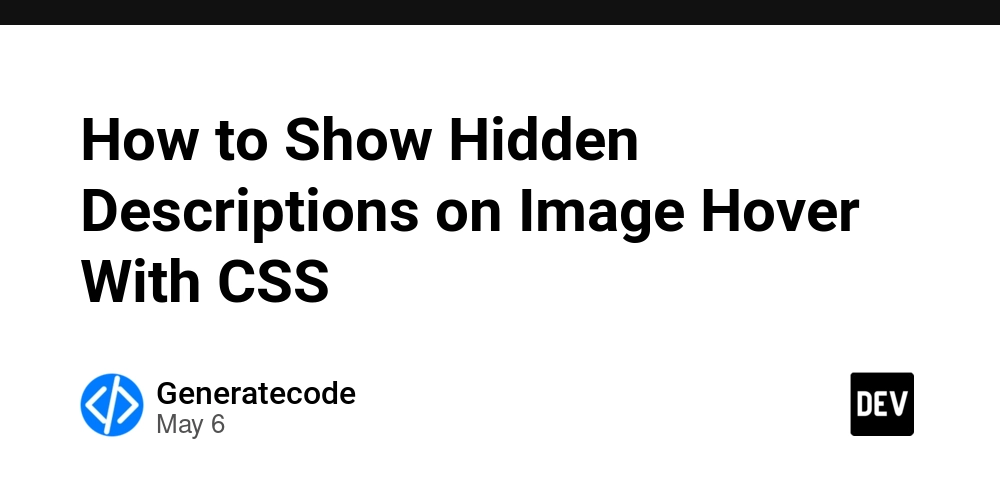
Introduction
Hover effects are a popular way to enhance user experience on websites, allowing crucial information to be revealed contextually. If you want to display a hidden description when a user hovers over an image, you are in the right place. In this article, we’ll cover how to effectively show a hidden description using CSS, addressing common issues you may encounter along the way.
Understanding the Issue
It can be frustrating to see that your hidden description is not appearing as expected when hovering over an image. This often happens due to incorrect CSS properties, improper HTML structure, or because of conflicts with JavaScript functionalities you may have implemented. The CSS code provided in the query seems close to the solution but needs a few adjustments.
How to Display Hidden Content on Hover
Now, let’s dive into a step-by-step solution to implement this functionality using HTML and CSS.
Step 1: Basic HTML Structure
Here’s an example of the HTML that creates the image container and the description. Ensure that your HTML has the correct structure as follows:
 Mermaid Page
Mermaid Page
description
Launch App
Step 2: CSS Styles
The following CSS will handle the hover effect. It ensures that the description appears when the user hovers over the image.
.imageContainer {
display: inline-block;
position: relative;
transition: all 1s ease;
}
.hidden {
display: none;
position: absolute;
background-color: white;
padding: 10px;
border: 1px solid #ccc;
z-index: 10;
}
.imageContainer:hover .hidden {
display: block;
}
Analyzing the CSS Code
-
position: relative;on the.imageContainerallows the absolutely positioned.hiddenelement to position itself relative to the image container. -
display: none;removes the description from the document flow initially. -
On hover,
display: block;makes the hidden description visible. - Adding some styling to the
.hiddenclass, such as background color and padding, will enhance its appearance.
Troubleshooting Common Issues
If you find the hover effects are still not working after implementing these changes, check for the following:
- CSS Specificity: Ensure that no other CSS styles are overriding your styles. Use browser developer tools to inspect elements and review the applied styles.
- JavaScript Conflicts: Sometimes, JavaScript functions may interfere with CSS styles. If you are using event listeners that manipulate classes, ensure they're not affecting your hover functionality.
- Browser Compatibility: Make sure you’re testing on modern browsers or check compatibility if using specific properties.
Frequently Asked Questions (FAQ)
Q1: Why is my hidden description not appearing?
A1: Ensure that your HTML structure is correct and that the hover CSS selectors are properly referenced without any conflicting styles.
Q2: Can I customize how the description appears?
A2: Yes, you can customize the transition effects or add additional animations using CSS properties such as opacity and transform.
Q3: Should I rely on CSS alone for this functionality?
A3: For simple hover interactions, CSS is sufficient. However, for more complex scenarios, combining JavaScript might improve interactivity.
Conclusion
With this guide, you should now have a clear understanding of how to show a hidden description when a user hovers over an image using CSS. Remember to pay attention to your HTML structure and CSS styles to ensure everything works smoothly, and don’t hesitate to experiment with additional styles for better aesthetics!






































































































































































![[The AI Show Episode 146]: Rise of “AI-First” Companies, AI Job Disruption, GPT-4o Update Gets Rolled Back, How Big Consulting Firms Use AI, and Meta AI App](https://www.marketingaiinstitute.com/hubfs/ep%20146%20cover.png)













































































































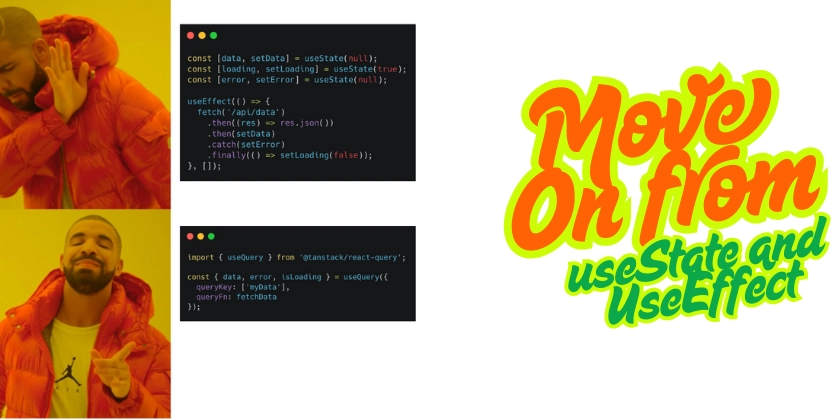



































































.jpg?width=1920&height=1920&fit=bounds&quality=70&format=jpg&auto=webp#)









































































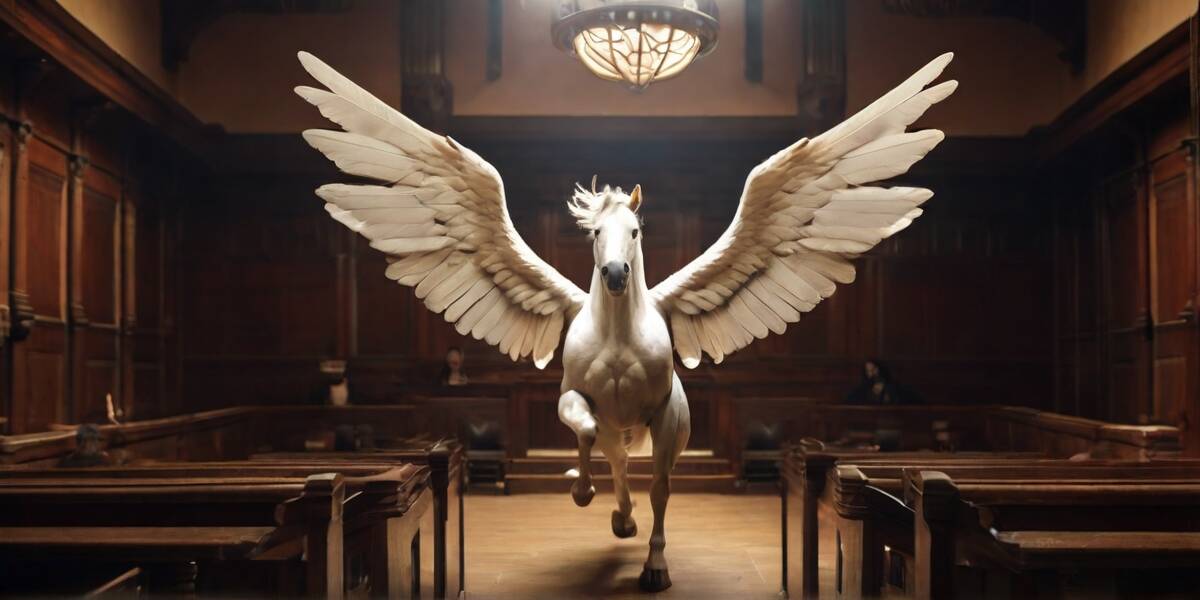












_Alexey_Kotelnikov_Alamy.jpg?width=1280&auto=webp&quality=80&disable=upscale#)
_Brian_Jackson_Alamy.jpg?width=1280&auto=webp&quality=80&disable=upscale#)



 Stolen 884,000 Credit Card Details on 13 Million Clicks from Users Worldwide.webp?#)






































































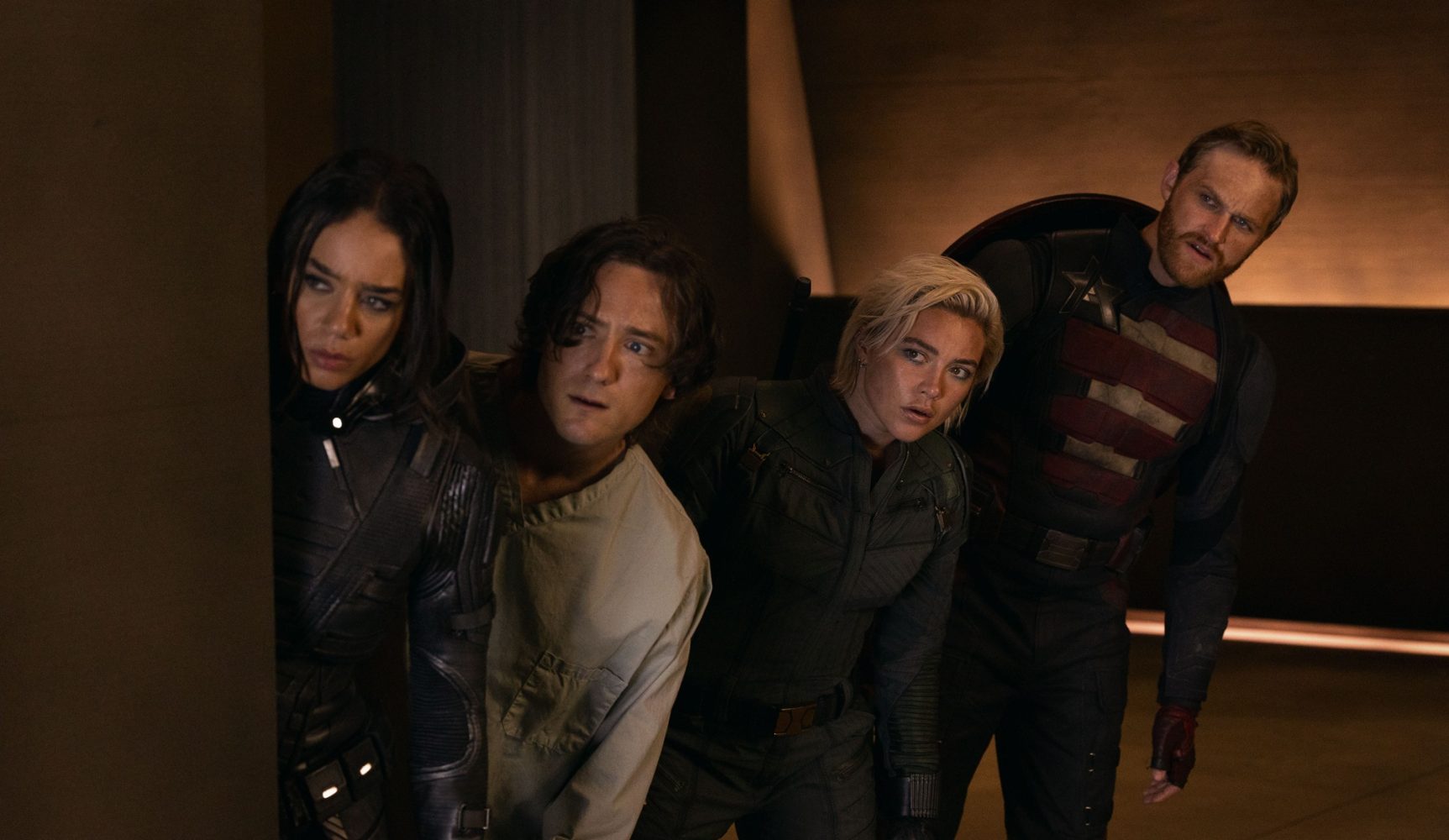





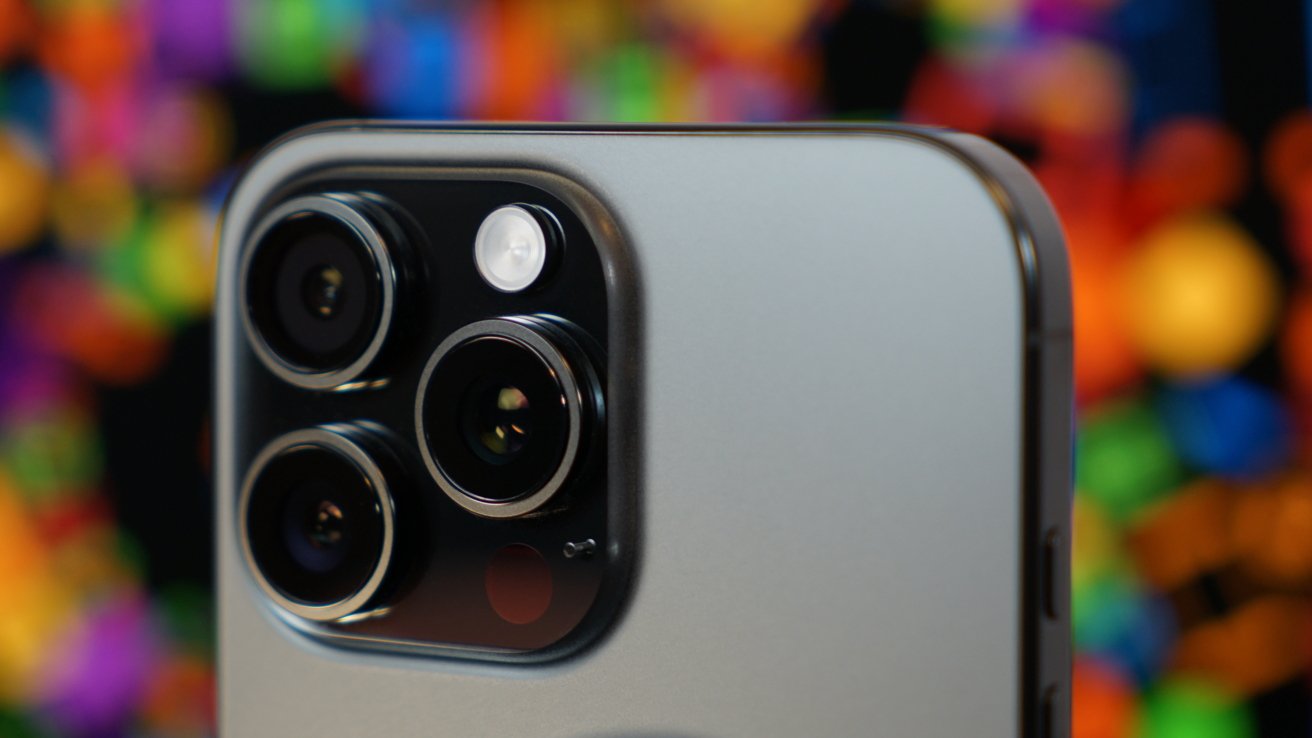















![Roku clarifies how ‘Pause Ads’ work amid issues with some HDR content [U]](https://i0.wp.com/9to5google.com/wp-content/uploads/sites/4/2025/05/roku-pause-ad-1.jpg?resize=1200%2C628&quality=82&strip=all&ssl=1)











![Apple Seeds visionOS 2.5 RC to Developers [Download]](https://www.iclarified.com/images/news/97240/97240/97240-640.jpg)
![Apple Seeds tvOS 18.5 RC to Developers [Download]](https://www.iclarified.com/images/news/97243/97243/97243-640.jpg)



















